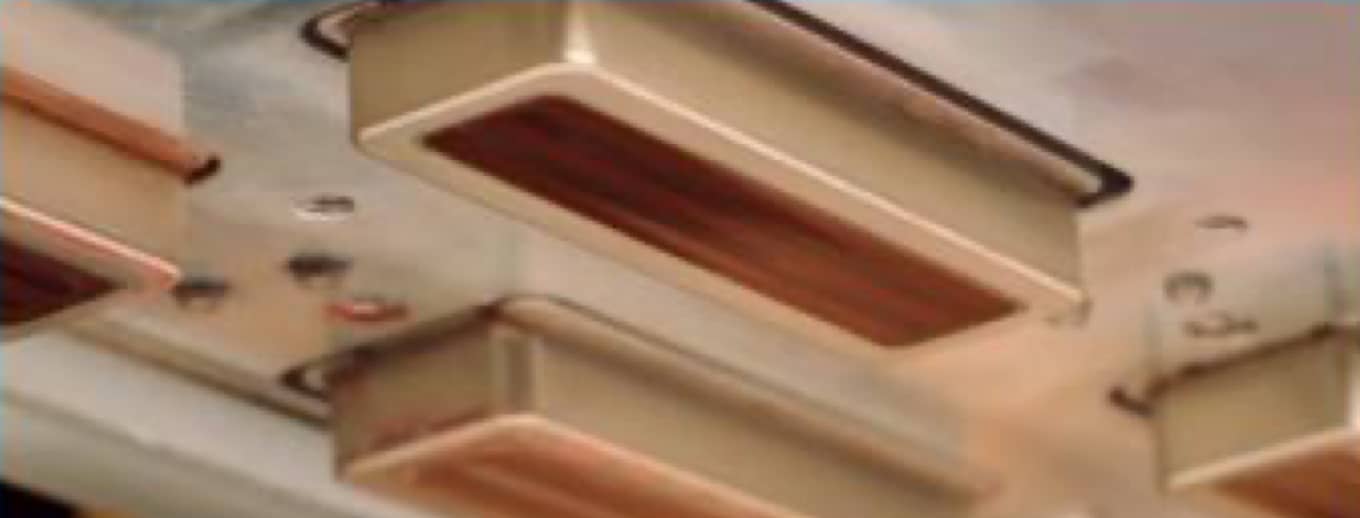Let's get started
We'll make sure you're getting the best out of your filtration system
SupaSpun Capsule
Specialist Digital Ink Manufacturer
Filtration of Digital Printing Ink for Porcelain
Global
Extended Lifetime & Preventing Printhead Blockage
Chemicals & Coatings
Ink specifically formulated for the decoration of stone and porcelain tiles brings unique challenges when it comes to filtration. To ensure adequate penetration of the metalised ink into the ceramic surface, it's necessary to use a solvent-based solution. These help etch the surface, maximising the performance of the decoration and providing a much higher quality finish in terms of appearance and service life.

A specialist digital ink manufacturer approached us to improve their process. They were having problems with the consistent premature blocking of the printheads at their customers.
Close inspection of the printhead nozzles revealed it wasn't the agglomerated pigments or ink gels that were causing the blockages. Rather it was polypropylene particles shed by the degrading filter.
When choosing the correct filter for this application, there are three main performance criteria:
The filter manufacturer's technical expertise is paramount in addressing all three of these performance criteria.
In this case, the client had installed products that weren't compatible with their process.
The ink is a complex formulation of metallic pigments such as ruthenium (Re) and gold (Au) mixed with proprietary solvents and paraffins. Following analysis of the chemical formulation, it was clear the pleated polypropylene of the existing filter material would be severely degraded.
Filtration media in depth filters comprises small diameter continuous fibres that have a high surface area in contact with the filtered fluid. This is ideal for filtration efficiency, but it also accentuates any chemical compatibility issues.
The solution was to move from polypropylene pleated media to a bespoke SupaSpun Capsule with meltblown depth filter construction manufactured from nylon.

The new capsules were subjected to rigorous acceptance tests, including soak testing and printer qualification. There was no sign of physical degradation of the nylon media and the printer tests proved we'd successfully eliminated the printhead blockage. Our solution extended operational lifetime from below one month to three months.
By solving this problem, the client has reduced filtration consumable costs to their customers and eliminated costly printer head refurbishment and replacement.
When selecting filtration products for complex applications, such as digital ink, it's important to assess all aspects of the filtration process. In this case, an oversight on chemical compatibility caused significant resource and financial implications that required the expert eye of a seasoned supplier to discern.
If you'd like to learn how Amazon Filters can help you with your digital ink filtration, please get in touch.
We'll make sure you're getting the best out of your filtration system